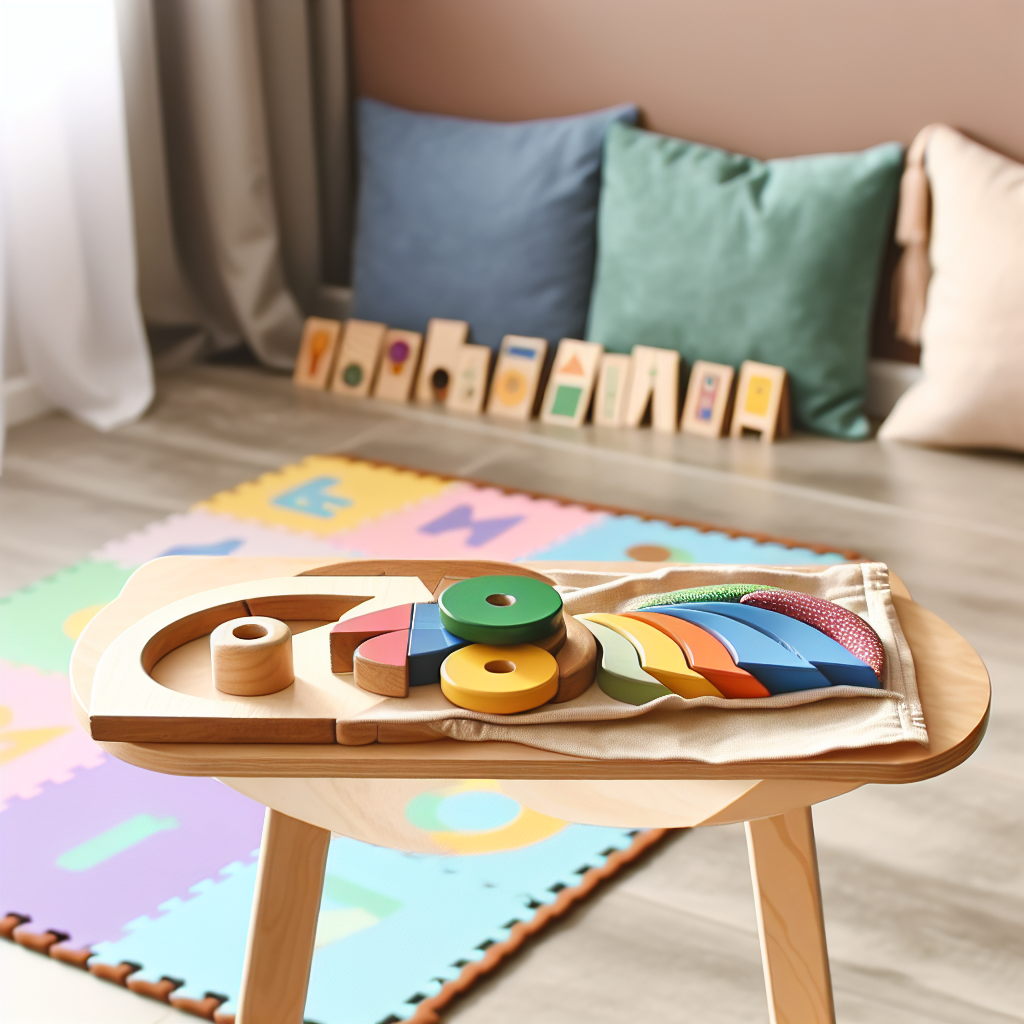Sudden Infant Death Syndrome (SIDS) is an alarming and devastating event that can occur during a newborn’s sleep. Sudden Infant Death Syndrome (SIDS) refers to the sudden and unexplained death of an infant who is less than one year old. The precise cause of Sudden Infant Death Syndrome (SIDS) is still unknown, although certain factors have been identified that increase the chances of it happening. Sudden Infant Death Syndrome (SIDS) is commonly attributed to a genetic predisposition, where specific infants have genes that lead to health problems that can ultimately cause SIDS.
In addition, they propose that specific infants may display abnormalities in the cerebral region that controls respiration, heart rate, blood pressure, and arousal from sleep. Sudden Infant Death Syndrome (SIDS) is most common during the period from 2 to 4 months of age. The prevalence of this condition is higher in males than in females, and it is most commonly observed during the fall, winter, and spring seasons.
Establishing a secure sleeping environment for your baby is one of the most effective strategies to prevent Sudden Infant Death Syndrome (SIDS).
Sudden Infant Death Syndrome (SIDS) commonly manifests during a baby’s period of rest or slumber and seems to be accidental. Infants show no signs of respiratory distress or exertion and have very few bruising or abrasions. There is no known link between smoking during pregnancy, receiving a diphtheria-tetanus toxoids-pertussis (DTaP) vaccine, or getting a flu vaccination and Sudden Infant Death Syndrome (SIDS), according to medical experts.
While the exact cause of Sudden Infant Death Syndrome (SIDS) is still unknown, parents can take steps to reduce the chances of this unfortunate occurrence. Establishing a secure sleeping environment for your baby is one of the most effective strategies to prevent Sudden Infant Death Syndrome (SIDS).
To reduce the probability of Sudden Infant Death Syndrome (SIDS) occurring in your child, it is crucial to create a Safe Sleep environment. It is essential to ensure that your infant sleeps supine in a crib or bassinet and to avoid placing soft surfaces, blankets, cushions, stuffed animals, or other objects in the sleeping area.
These items can heighten the probability of asphyxiation or strangulation, thereby increasing the susceptibility to Sudden Infant Death Syndrome (SIDS).
Placing your baby on its back in a crib or bassinet is essential to establish a secure sleeping environment. Studies have shown that adopting this particular sleeping position can reduce the risk of Sudden Infant Death Syndrome (SIDS) by up to 50%. However, once your baby can roll over on its own, it is no longer necessary to place it on its back permanently.
In addition to placing your baby on their back for sleep, it is vital to ensure that there are no soft surfaces, blankets, cushions, stuffed animals, or other objects in the sleeping area. These items can heighten the probability of asphyxiation or strangulation, thereby increasing the susceptibility to Sudden Infant Death Syndrome (SIDS). Instead, dress your baby in cozy and comfortable pajamas and use a sleep sack or swaddle to keep them warm.
It is imperative to guarantee that your baby’s sleeping area is free from potential hazards. This involves ensuring that the crib or bassinet adheres to the most up-to-date safety standards, that the mattress fits tightly in the crib, and that there are no loose or damaged parts. Additionally, make sure that your baby’s sleeping area is free from any cords, wires, or other items that could pose a choking or strangulation hazard.
Following safe sleep practices, which are proven to prevent Sudden Infant Death Syndrome (SIDS).
Creating a safe sleeping environment for your baby is essential for reducing their vulnerability to Sudden Infant Death Syndrome (SIDS). By following these simple protocols, you can ensure that your baby sleeps safely and calmly, giving you peace of mind and reducing the chances of such a tragic occurrence.
Following safe sleep practices, which are proven to prevent Sudden Infant Death Syndrome (SIDS), may also decrease the probability of other causes of unattended or unexplained infant deaths, such as asphyxia, strangulation in bed, or sudden unexpected infant death (SUID).
The Sudden Unexpected Infant Death (SUID) rates in New Jersey have declined due to public education initiatives, including the nationwide Safe to Sleep campaign and the state-level SIDS Program implemented by the New Jersey Department of Children and Families.

Dominic E. is a passionate filmmaker navigating the exciting intersection of art and science. By day, he delves into the complexities of the human body as a full-time medical writer, meticulously translating intricate medical concepts into accessible and engaging narratives. By night, he explores the boundless realm of cinematic storytelling, crafting narratives that evoke emotion and challenge perspectives. Film Student and Full-time Medical Writer for ContentVendor.com




